Back When the Fountain Was the Center
Walk into Oxmoor Center today and you'll see high ceilings, skylights, and polished tile that reflects the overhead lighting.
But some still picture the old circular fountain in the middle, or the mezzanine that once held Farrell's Ice Cream and Putters Park.
The mall stretches out along Shelbyville Road, flanked by steady traffic and backed by decades of renovation and name changes.
Its bones go back to 1971, but you wouldn't guess it from the clean-lined entry or the Topgolf bays built where Sears used to be.
Now, shoppers could swing a club, grab chicken salad, and walk into a two-story Dick's Sporting Goods without ever leaving the same complex.
The additions make it easy to pass through, but harder to picture what came before.
That disconnect is part of what makes Oxmoor Center a marker for change in Louisville.
It's still a place to find new retail or a few things to do in Louisville, Kentucky, but for some, the memory of the old tobacco shop and those theater screens tucked into the upper level stays closer to the surface than the new floor plan.
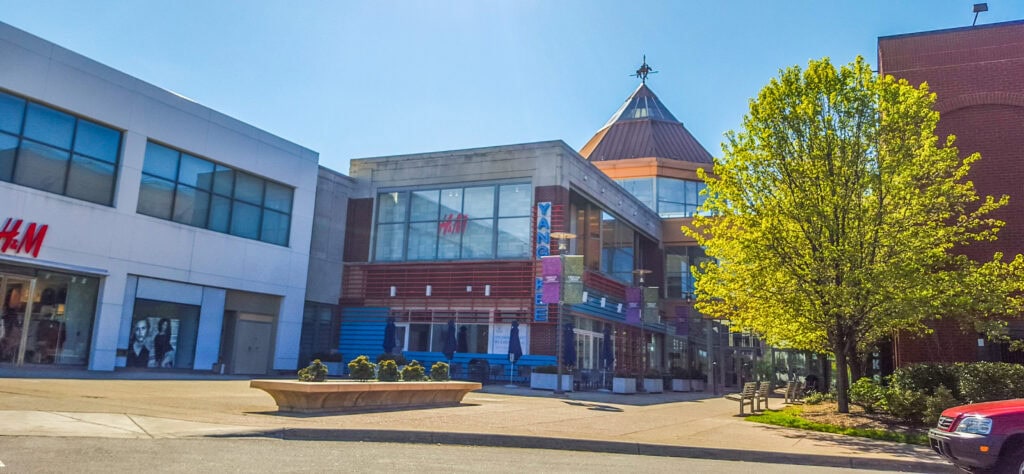
Leasing Ground and Building Walls
When Oxmoor Center opened on February 8, 1971, it did so on land that was still tied to the past.
The mall was built on a portion of Oxmoor Farm, and while it went up fast, it didn't stand on sold ground.
Legal restrictions tied to a family trust meant the land couldn't be sold outright for years, so the developers worked under a lease.
Even today, that ground remains leased, though the surrounding area has grown into residential neighborhoods and commercial corridors.
The mall itself began with two anchors: Shillito's on one end and Stewart's on the other.
Shillito's took the east side and built up. Its three levels included a small restaurant tucked into the top floor.
Stewart's held the opposite end, closer to the later-built parking expansions. In between sat a wide central atrium with a circular fountain as its core feature.
By 1984, Oxmoor Center's footprint had extended.
A new wing pushed across Beargrass Creek to make room for a relocated Sears, which left its old location on Shelbyville Road.
That expansion tied the property more tightly to the road it fronted, but the mall itself still sat as a leaseholder, new walls on old farmland.
Food Courts, Films, and Farrell's
By the late 1980s, Oxmoor Center had started expanding significantly. The upper level became more than an overlook or balcony.
It held restaurants, theaters, and a few places that only made sense in that era.
Farrell's Ice Cream Parlour sat up top, next to a small indoor mini-golf course called Putters Park.
Families used to queue near the railing, watching others putt through castle facades while the smell of waffle cones drifted past.
Movie screens multiplied, too. Two larger auditoriums were set into the ground level and later joined by four smaller theaters upstairs.
By the end of that decade, six screens were operating inside Oxmoor Center. Some of those sat in the northern half of what became Old Navy.
In 1989, the mall carved out a dedicated food court along that upper level.
Its mezzanine overlooked the atrium and pulled together vendors that echoed mall layouts from Cincinnati to Evansville.
Shoppers could grab lunch, then cross to Modell's Custom Tailors or pass the old tobacco shop with its carved wooden statue still standing watch.
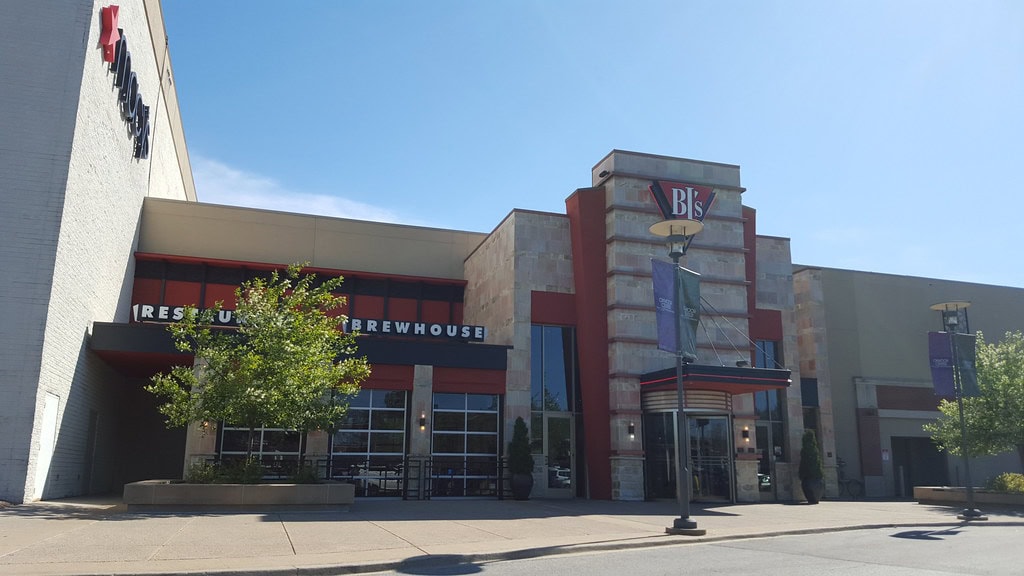
Department Store Shuffles and Exterior Overhaul
By the time Shillito's rebranded in June 1982, the national chains had started pushing into Louisville's local retail base.
Shillito's first became Shillito Rikes, then Lazarus in 1986, and Lazarus-Macy's by 2003.
The final shift came in March 2005, when the Macy's name took hold.
The other original anchor, Stewart's, cycled through six identities over almost two decades, moving from Ayres to Ben Snyder's, then Hess's, Jacobson's, and eventually Von Maur by September 2003.
In April 1996, a two-story Kohl's opened next to the mall, and two years later, Oxmoor got its biggest visual update in decades.
The 1998 reconstruction added a vaulted ceiling, a large octagonal entrance, and escalators that gave the interior a different rhythm.
Storefronts were updated, and the north-facing exterior received new cladding that aimed to modernize its profile.
By 2001, Galyan's Trading Company opened on the outer parking lot. That store didn't last long under its original name.
In October 2004, it transitioned into Dick's Sporting Goods, keeping the footprint but shifting the brand.
From the outside, the layers kept stacking. The mall still followed its original shape, but nearly every surface had been replaced.
Layout Losses and the Mezzanine Erased
By 2013, mall traffic patterns had started to shift, and Oxmoor Center's management made a decision that erased one of the space's oldest habits.
That year, the entire mezzanine level, once home to the food court and a scattering of retailers, was demolished. The rebuild came quickly.
In time for the holiday season, a new ground-level court replaced it, lined with soft seating and set near a modest play area beside Sears.
The new layout favored visibility and motion. Open corridors replaced stairwells.
Bright lighting filtered through vaulted panes that once looked down on shoppers instead of eye-to-eye.
What had been layered, restaurants above, anchors below, now stretched flat.
What vanished with the mezzanine wasn't just square footage.
The change pulled out some of the mall's oldest physical textures: tile patterns, fountain noise, and the narrow walkways that overlooked the center court.
When they came down, a piece of the mall's original vertical rhythm disappeared with them.
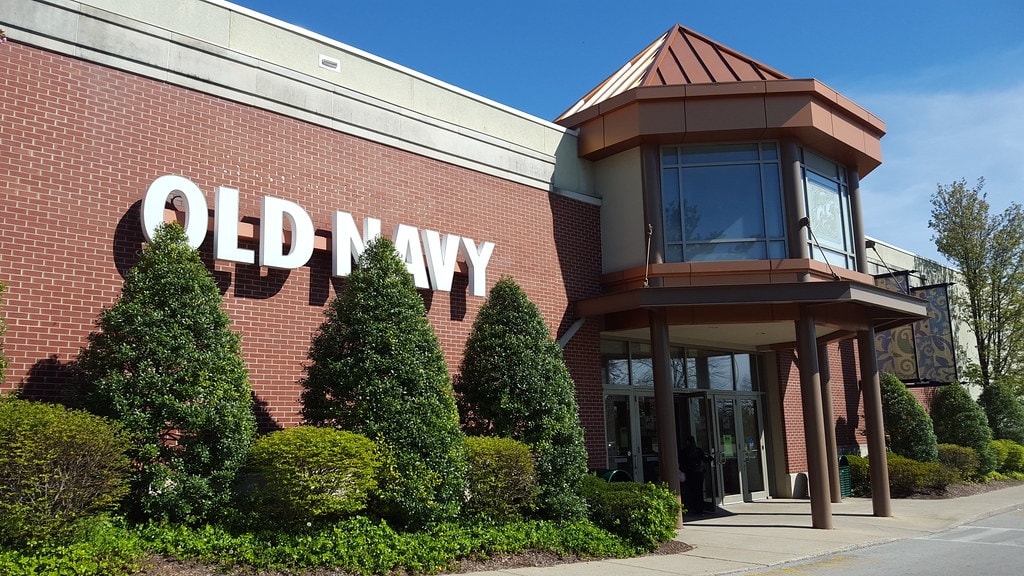
Retail Departures and Entertainment Redevelopment
In October 2017, Sears announced that it would shut its Oxmoor Center location.
The store had anchored that end of the mall since 1984, when it opened on a platform stretched over Beargrass Creek.
It finally closed on January 14, 2018, leaving behind a shell of three floors and decades of foot traffic.
For five years, the footprint stayed quiet. Plans circulated, but no major construction took hold until 2022.
Then, crews moved in. By May 2023, Topgolf opened its Louisville location right on that same parcel.
Built fresh over the former Sears site, the new venue included climate-controlled hitting bays and indoor dining.
It marked one of the clearest shifts in the mall's use of space, from anchor retail to entertainment property.
That redevelopment also moved Oxmoor closer to a hybrid format.
It kept its existing department stores, but started drawing in a different kind of visitor.
The kind who booked a tee time, stayed for dinner, and maybe passed a Macy's window on the way out.
Topgolf didn't follow the mall's old layout.
It sat to the side, angled off the former structure, built for a purpose the original developers couldn't have pictured.
But the entry road stayed the same. So did the parking rows around it.
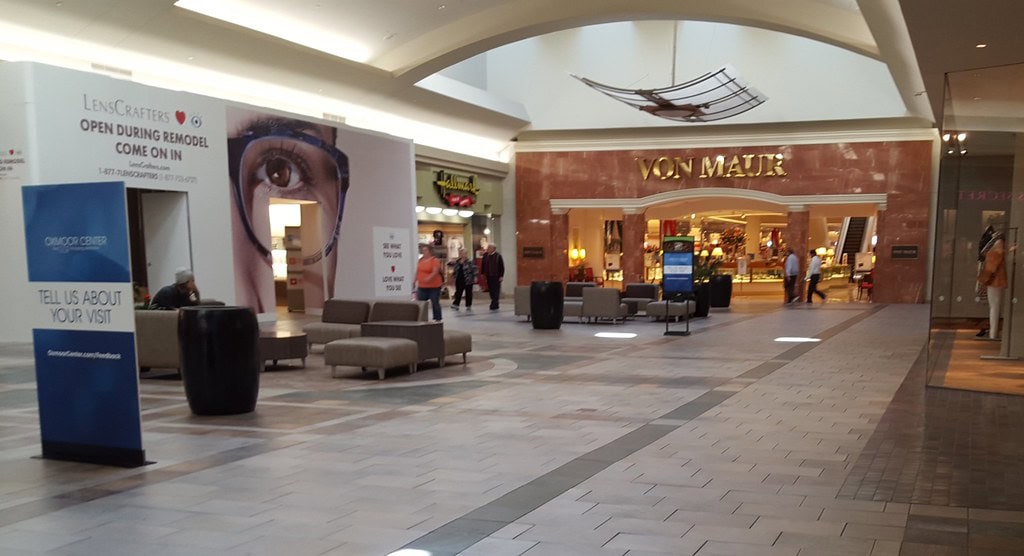
Tenant Turnover and Lifestyle Leasing
In March 2024, Oxmoor Center added a new kind of foot traffic.
Puttshack opened just past the mall's main walkway, offering a compact, tech-driven mini-golf setup that ran on automated scoring and cocktails by the hole.
The space blended entertainment and food service in one lease, part venue, part bar, all indoors.
A few weeks later, Chicken Salad Chick opened with a short menu and a bright footprint.
By summer, seating was full around lunchtime, but the space didn't dominate the corridor like older food tenants once did.
It fit into a newer model, smaller square footage, tight service, and fast rotation.
In October, Oxmoor Center announced that Tapville Social would open a grab-and-go bar kiosk sometime in November.
The company's entry marked the brand's first Kentucky location.
It planned to offer a digital self-pour tap wall, cider selections, and simple snacks packaged for in-hand dining.
All of these additions arrived within a twelve-month window, layered on top of longer-term anchors like Macy's and Von Maur.
Retail had shifted, but the leases still mattered. Shorter terms, flexible spaces, and mobile payments replaced deep square footage and stockrooms.
And yet, people still came to walk it. That hadn't changed.
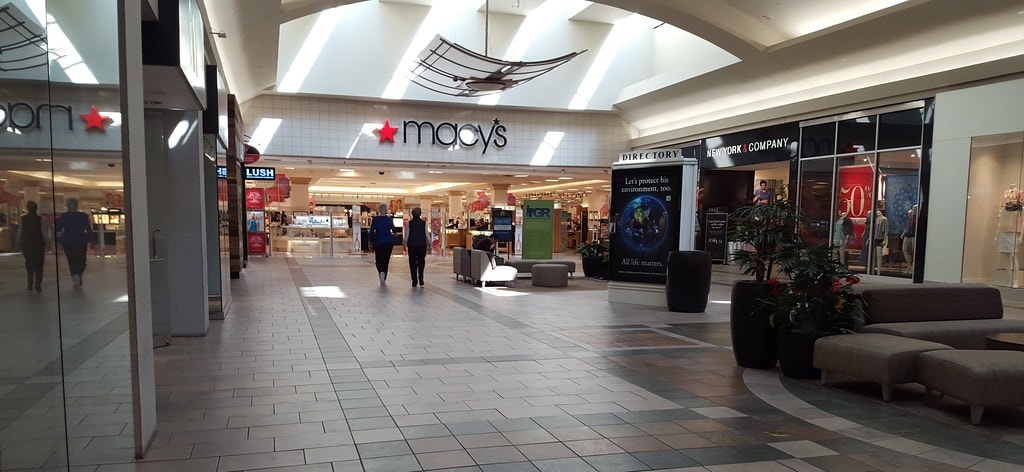
Fixtures, Layout, and Lingering Details
Today, Oxmoor Center runs mostly flat.
Most of the space stretches across a single level, though H&M, Dick's Sporting Goods, and Von Maur each rise a story above.
Macy's remains the tallest, holding on to three active floors.
Vaulted skylights track the center spine, and pale tile floors help brighten the entire walk.
Light stone facades now line the entry points. Interior spaces include sculpted seating islands with wood accents and planters.
Sound levels stay low, shaped by ambient noise and wide walkways. That design lets shoppers pass each other without crowding.
The Apple Store, still a steady draw, sits alongside newer retail and food concepts.
But the core remains: open space, anchor entries, and polished air-conditioned walkways that curve through what used to be split by upper-level access stairs.
Some details outlasted the remodeling. The carved wooden Indian figure still stands near the tobacco shop, a visual remnant from earlier decades.
And people still mention the mezzanine. Not in argument or nostalgia, exactly, but more like a quiet reference.
They look up, then glance back toward where the food court used to hang over the center court.
That habit hasn't gone away.
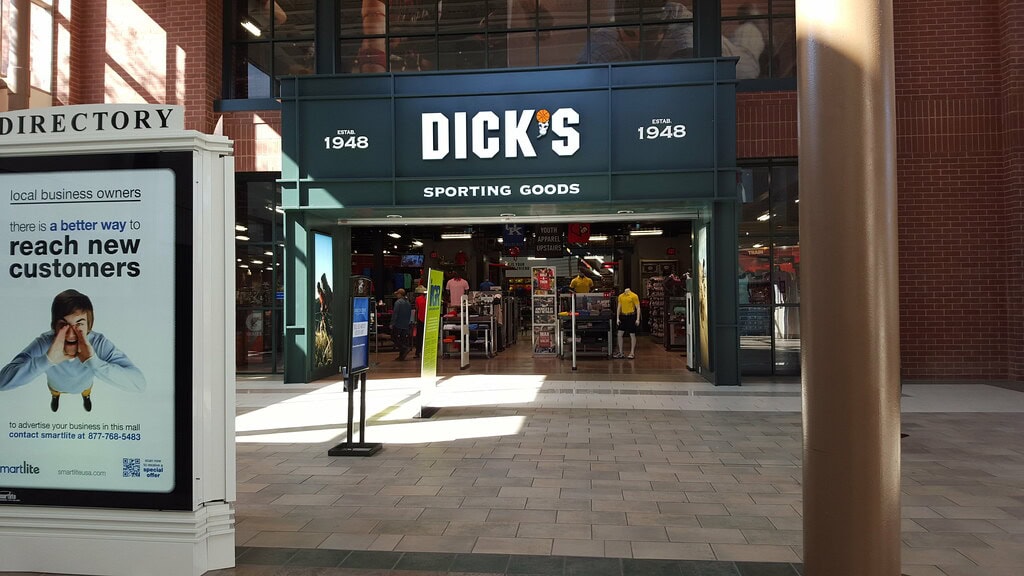
🍀

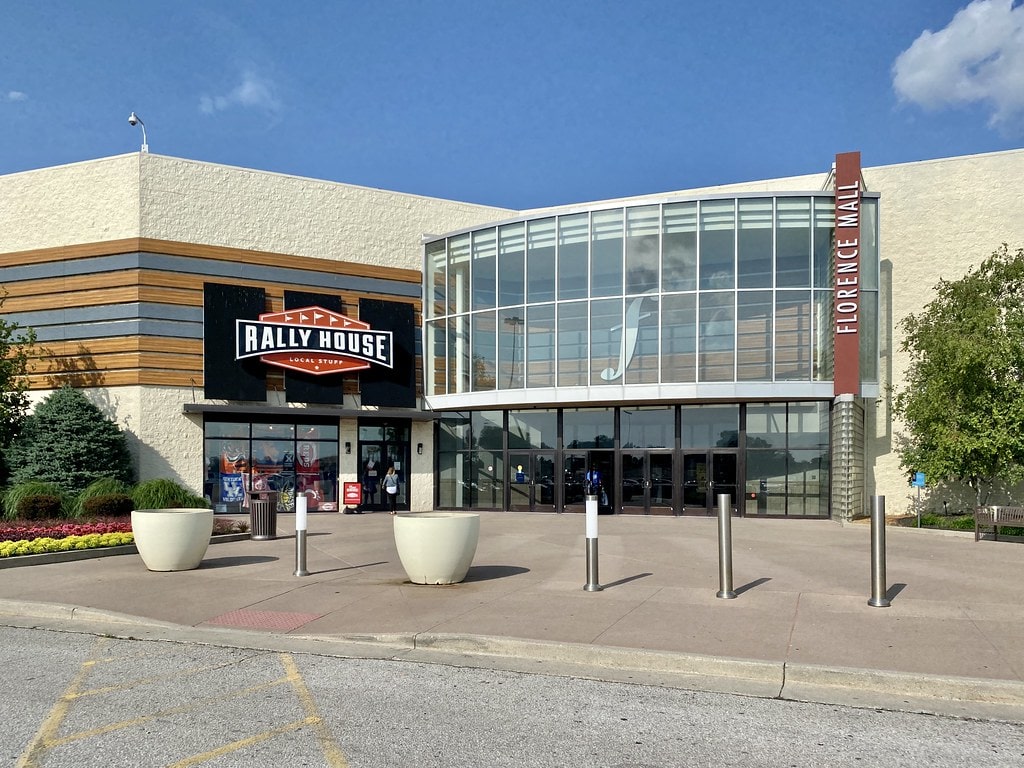
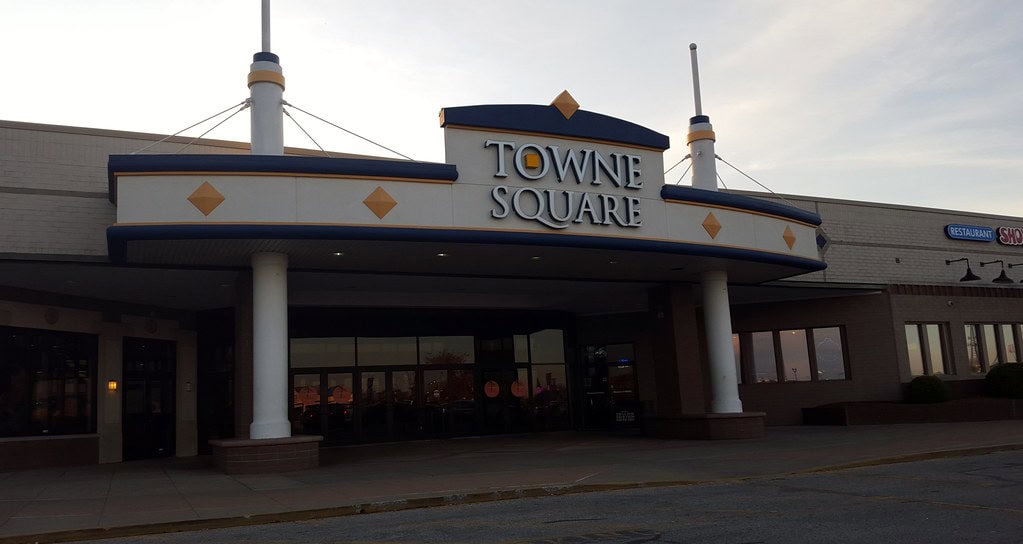
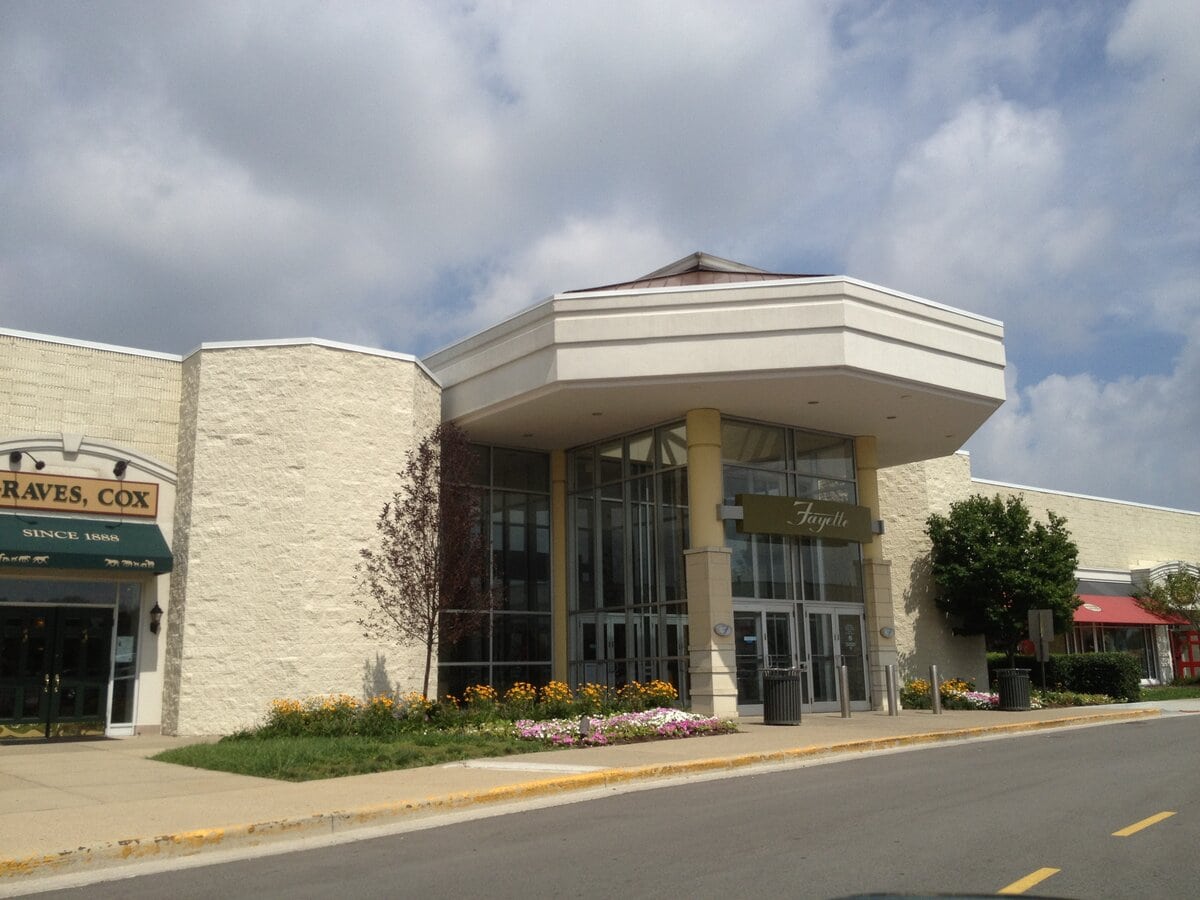
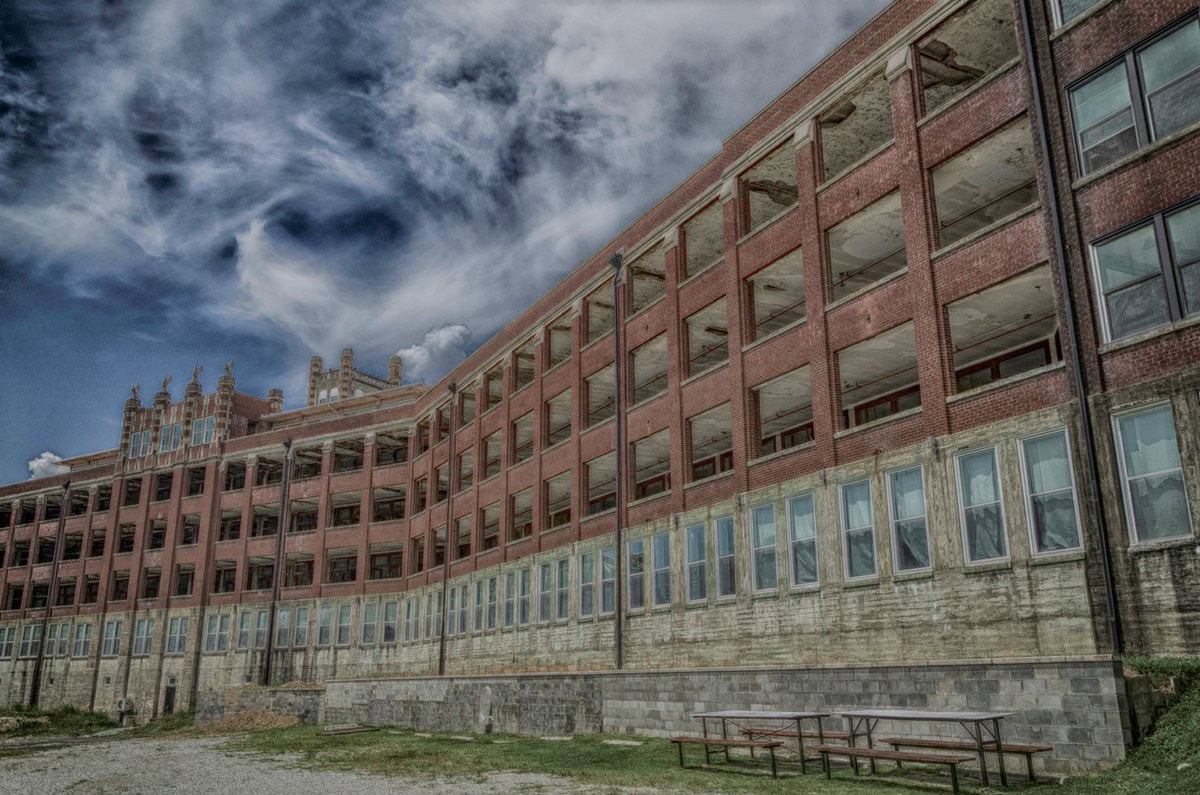

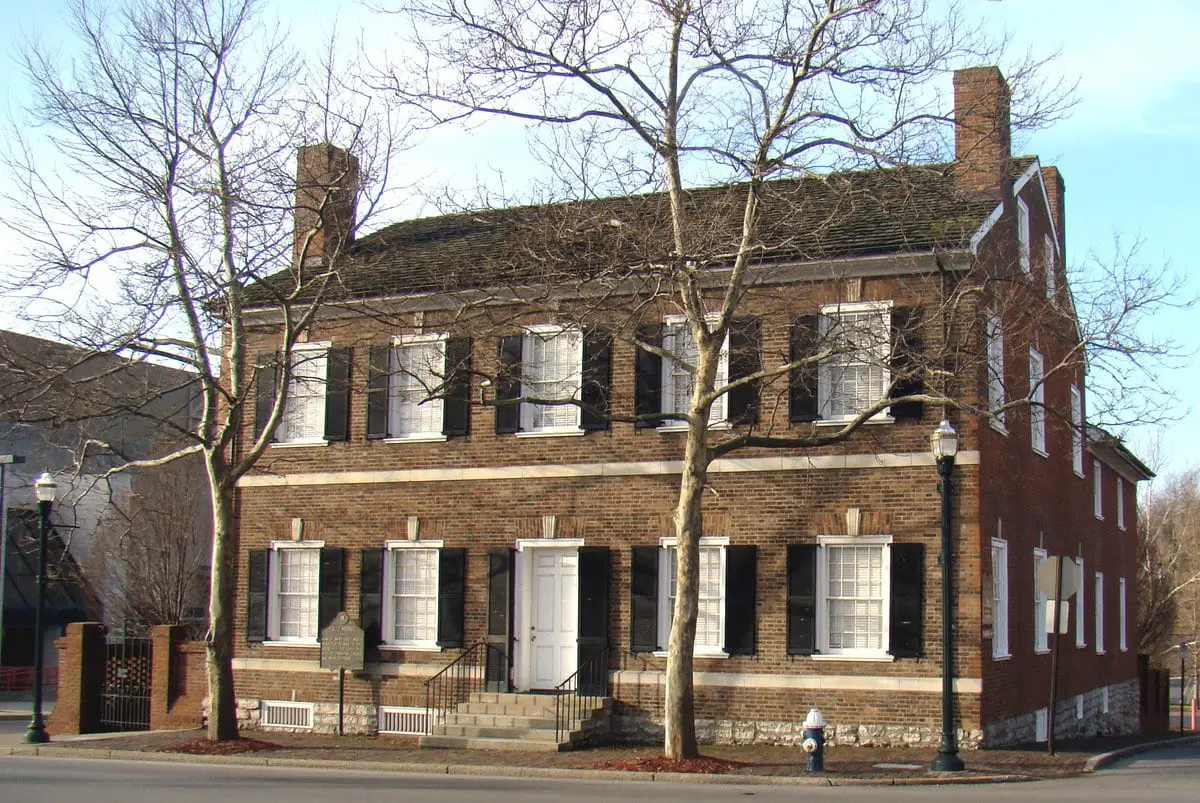
Spencer, I enjoyed your article on Oxmoor Center. It may be interesting to write about the older history of Oxmoor Farm when the Bullitt's lived there. The story about the butler and the maid absconding with money they found in the Bullitt's largest residential library in the State... They were eventually caught and the money recovered in a glass jar near a small bridge on the property. I believe the curator of the library would be able to give you the whole story.
I had a good friend on the farm and spent many days shoveling hay and walking the grounds there in the '70s. The City build the farm a viaduct that allows the farm to be accessed on both sides of the expressway.
There is a formative article written by Lennie OmalzaSpecial to Courier Journal about the gardens, the library and the Oxmoor Farm Foundation.
Maria
Thank you for your proposal, Maria.
Learning about the people and events that have shaped the land and its buildings over the years can provide a deeper understanding and appreciation of the area. It's exciting to think about the stories and secrets that may still be hidden within the farm.
I appreciate your recommendation of the article written by Lennie Omalza to Courier Journal. It was really interesting.
While I can't make any promises about writing an article on the Oxmoor Farm history right now, I agree that it would be an exciting and informative topic to explore.
Thanks for the memories 😍
Old enough to remember Oxmoor from its beginning’s and changes to present day!
Thanks for reading through it. Anyone who's seen Oxmoor shift like that carries a deeper memory than anything in print.